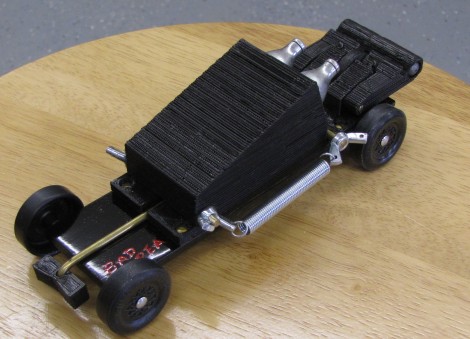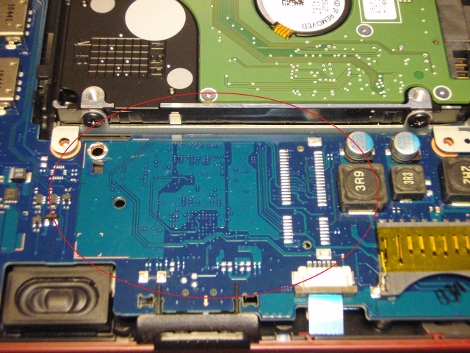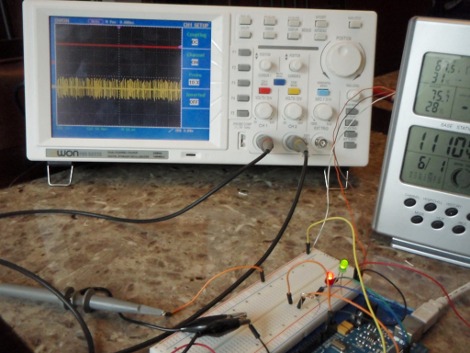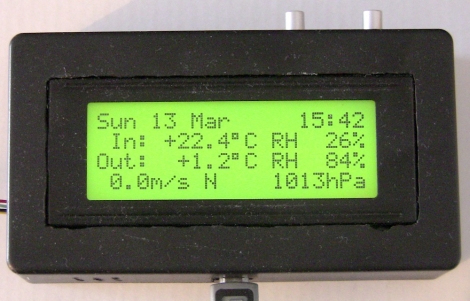
The Pinewood Derby is a classic Cub Scout competition where dads and sons come together to build a small-scale race car. You start with a kit that includes a block of wood for the body, as well as four plastic wheels and four nails to act as axles. Most innovations in the ‘sport’ center around reducing friction between the wheels and the axles, and making the body as aerodynamic as possible.
This year [Sliptronic] grabbed an extra kit and threw the rules out the window by powering the car with compressed carbon dioxide. He used a 3D printer to make a housing for two CO2 cartridges that mounts on the center of the chassis. An official Pinewood Derby race track is on an incline and has a wooden gate that keeps each car in place until it is dropped to start the race. [Sliptronic] is using this gate as the triggering mechanism. Springs on either side of the car pull against an arm at the back of the vehicle. This arm is held in place by a rod protruding out the front of the vehicle. When the start gate is dropped that rod releases the trigger, which is pulled up by the springs to pierce the CO2 cartridges. You can see an overview of how that mechanism works in the video after the break.
Continue reading “CO2 Powered Pinewood Derby Car Is Definitely Cheating”
















